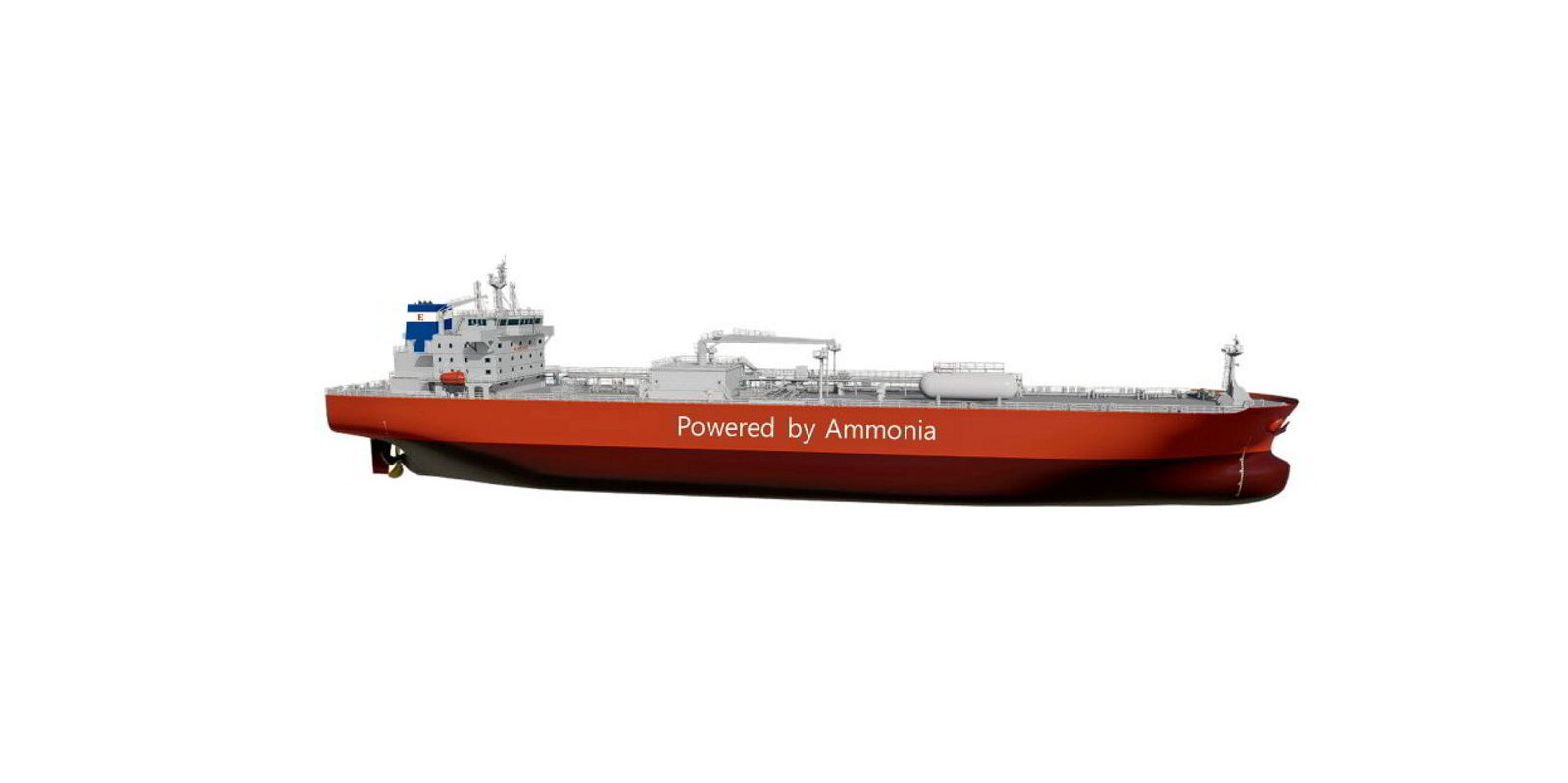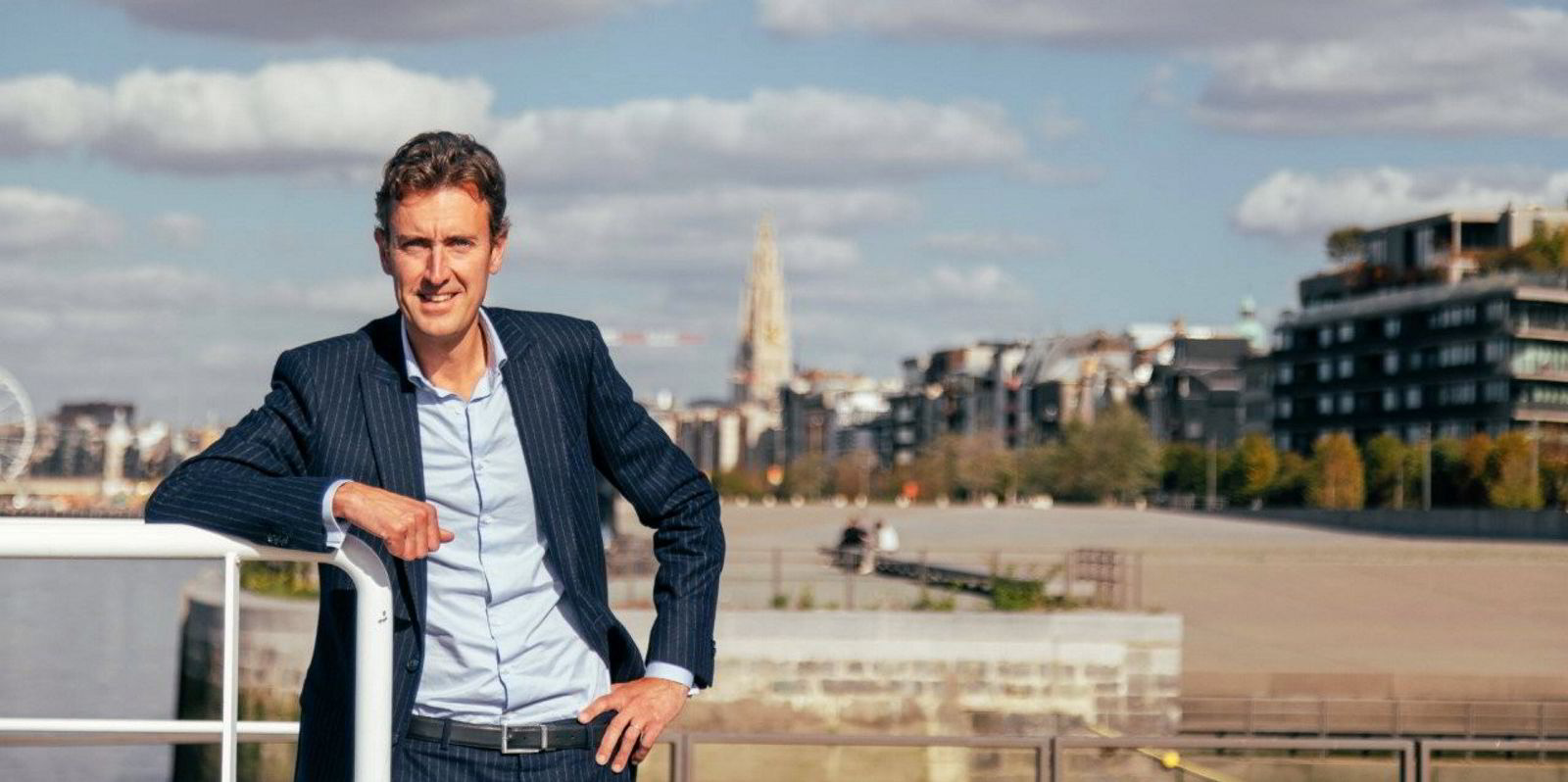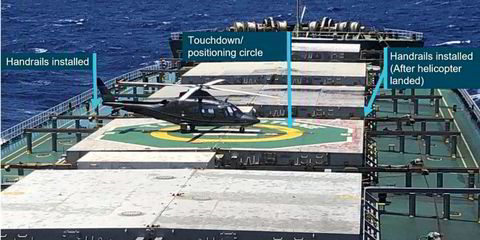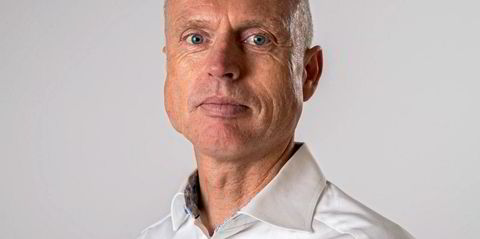Exmar executive director Carl-Antoine Saverys is quick to say that when it comes to ammonia-fuelling, it is not about being first.
But it will not escape eagle-eyed shipping industry watchers that his cousins at Compagnie Maritime Belge, led by chief executive Alexander Saverys, have also selected ammonia-fuelling for their on-order newcastlemax bulkers.
Both have plumped for engine designer WinGD’s offering on its upcoming ammonia dual-fuel engine.
But it appears that Exmar LPG, which already boasts several decades of experience shipping the product, is the first to make a firm commitment to the engines for its two under-construction midsize LPG carriers at Hyundai Mipo Dockyard.
“As a family as a whole — not just Exmar — we have always tried to improve the consumption of our vessels,” Carl-Antoine Saverys told TradeWinds, both because of the effect on the environment and for economic reasons.
“So not only will we reduce the emissions of CO2, and therefore endeavour to help the shipping industry as a whole move to ammonia, but as the world puts a price on CO2, this will result in emissions saving which will come with a commercial advantage as this CO2 will not have to be paid for.”
Saverys shied away from describing the LPG newbuildings as pilot vessels but said there will be some time when these will be the only ammonia-fuelled MGCs.
- Grey or brown ammonia: Produced from fossil fuels.
- Blue ammonia: Produced using natural gas but with CO2 capture and storage.
- Green ammonia: Produced from hydrogen made through water electrolysis using renewable energy.
The WinGD chief said the plan is to move “very carefully” and “step by step” with these first firm orders and will not rush to take large numbers of new contracts. He said the whole industry needs to learn about ammonia.
“We see this as planting a seed and watching it grow,” Schneiter said.
Backing blue
Saverys said Exmar LPG is convinced these pioneering vessels will “work very well”.
“We have the experience, we have the people, and we will have the right processes to handle this toxic product,” he said.

Saverys believes the first ammonia-fuelling supply project that will come online will be one producing blue ammonia.
“I’m convinced that blue ammonia will have to play a major role at first because it is cost-competitive,” he said, adding that it will require some time before green ammonia can compete.
He said production costs currently price green ammonia at around the $1,000-per-tonne mark, whereas that for the blue variety is closer to grey or fossil ammonia.





